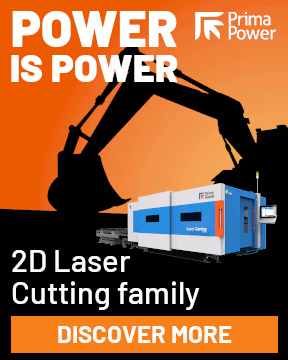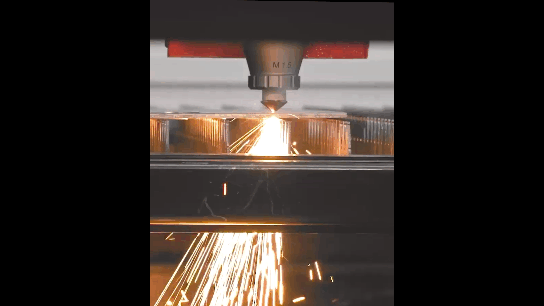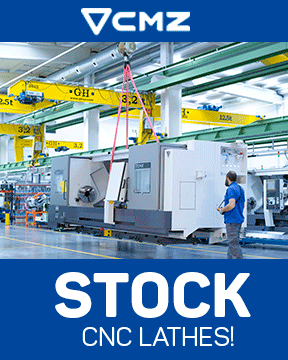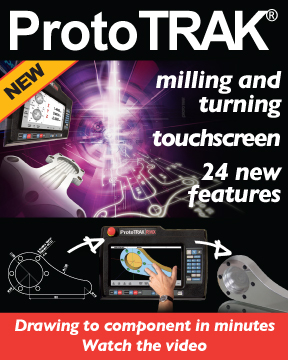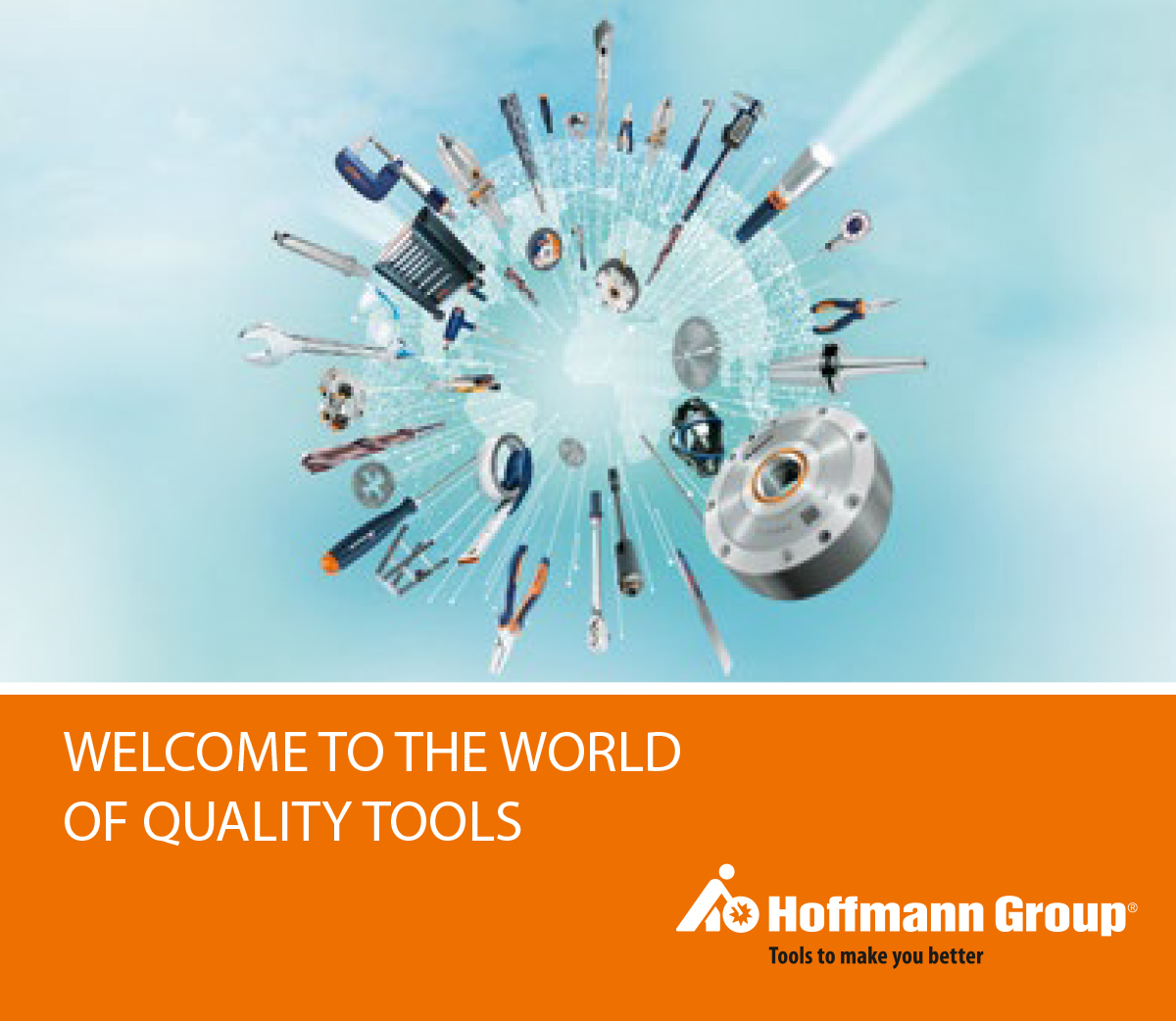What you need to know about replaceable insert drills
Published: | Cutting Tools
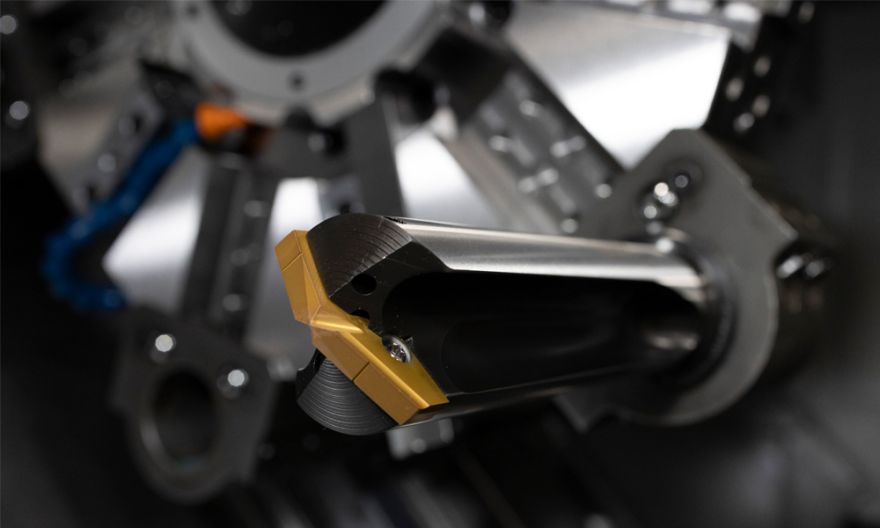
Each type of drill—replaceable insert, solid carbide, and indexable insert—all have a place in a machine shop and can all produce successful applications, but replaceable insert drills, often referred to as spade drills or replaceable tip drills have their own set of advantages when holemaking in metal. If you’re thinking about adding replaceable insert drills to your cutting tool lineup, here is what you need to know.
What makes it a replaceable insert drill?
Engineered to allow machinists to quickly change out worn inserts, replaceable insert drills are made up of drill bodies and inserts available in a wide range of diameters and body lengths. Additionally, through a combination of cutting-edge geometries and coatings as well as carbide versus high-speed steel inserts, you can create an application-specific solution, allowing you to control multiple aspects when machining in metal to achieve the desired outcome—establishing the best spade blade insert for your application needs.
Still though, you may be asking what is the difference between indexable or IC drills and spade drills besides the insert design itself? Replaceable spade inserts are an effective method to drill a hole in your workpiece and provide additional cost savings as well. There are many different geometries, shapes, sizes, substrates, and coating variations that can be used when considering a replaceable spade insert for an application based on what the specifications are and what is being requested by the customer regarding cycle time, cost, tool life, etc.
When using a spade drill insert, it’s key to have a decent milled surface or in some cases pilot hole to enter on because it allows the insert’s point to start on an even surface and begin the process of drilling—all of which allows the tool to drill a good sized, straight hole. If these starting conditions are not there, you risk having the tool walk or lead off from where the hole needs drilled.
Indexable drill inserts provide a broad range of cutting-edge geometries, sizes, configuration, substrates, and coatings and are oftentimes combined with a replaceable insert in holders to serve as multipurpose, one-shot solutions for some applications. When used alone, an indexable carbide drill now serves as a roughing tool that is durable in the fact that it will be able to handle interruptions, cross-holes, fly cutting, and entering in and exiting angled surfaces like castings. Ultimately, it does not need the decent milled surface because it does not have an angled point and its geometries usually engage the part first away from the center of the tool. Indexable tools are run at higher RPMs and lower feed rates and with durable carbide inserts can withstand some of the irregular applications commonly seen.
Ultimately, these tools can handle a fair amount of abuse that a spade insert would not be able to, so indexable insert drills would be the first choice when the initial application is presented as rough, irregular, angled, has interruptions, etc. and when the hole diameter and depth is within the range of the IC tool.
Next you can look at the cost when comparing spade drills versus indexable drills. With the replaceable spade drill, the price of it will be applied to the cost to drill x amount of holes and then calculated to get a cost per hole (CPH) figure. For a spade drill, it will be just the one insert that will be run until it must be taken out of service—all cost associated with that insert and how many inches it has drilled will be used in the CPH calculation.
With the indexable drill, most of these inserts will have at least two indexes, and in some designs, you can get up to four. As one edge wears, you keep that insert in service but will index or turn it to a clean edge and keep running. Here, you can take however many inches you are getting, potentially multiply that by up to four and reduce the insert tooling cost per hole.
In all reality, drilling is just a roughing operation. While it is one of the more difficult roughing operations because chips are confined, requiring a delicate balance of operating parameters and tool selection, drilling needs to be done with the application specifics in mind as well as any additional tooling that may be following it to finish the hole by threading, boring, reaming, etc. Once more is known about the application and what is being done, the focus can shift to the options of what tooling could be applied—replaceable spade drill or indexable drill.
What do most machinists use a replaceable spade drill for?
From automotive to heavy equipment to firearms, replaceable insert drills excel in a wide range of industries and applications These drills also work well in medium-sized job shops as well as high-production facilities. Specifically, the long-term, repeatable process of high production runs benefit from the investment in replaceable insert drills because the overall cost per hole is reduced. Compared to the cost of new solid carbide tooling, the initial investment of the insert holder or drill body is quickly compensated through reduced cycle time and cost of simply replacing inserts.
Whether looking to drill through hardened steel or sheet metal, the ISO-specific geometries often available for replaceable insert drills provide an ideal solution for applications in metal. For example, a P geometry insert is great for low to medium carbon steels, alloy steels, as well as tool steels while a K geometry insert is ideal for both nodular and ductile cast irons. N geometry inserts target cast and wrought aluminums, even copper and brass, and M geometry drill inserts are designed for ferritic and austenitic stainless steel as well as high strength super alloys like Inconels and titaniums.
Replaceable spade drills are also used for more challenging deep hole drilling jobs because they are pointed, which helps with straightness, and have longer margins, which helps improve stability. Machinists running these types of applications should reference deep hole drilling guidelines to establish a centered, straight, and round pilot hole and prepare for the full to depth drill in addition to ensuring user safety when drilling.
What are the advantages of a replaceable spade drill?
Replaceable insert drills are a cost-effective cutting tool solution that also extend the useful life of the cutting edge; drilling operations can continue without interruption by quickly replacing inserts. Whether you are working with long-term contracts or high production runs, there is a lower cost of ownership over the life of the insert. There is no need to order a whole new tool; rather, costs are kept lower because only the insert is being replaced once it is worn or damaged. Additional cost savings can be found in the amount of machine time saved when changing out the drill’s inserts instead of the entire tool.
But the question may still arise: can I save money by regrinding spade drill inserts? Generally speaking, regrinding solid carbide drills can save money long-term pending several conditions are met—one of these being a reliable and consistent regrind shop. A poor regrind will not return sufficient tool life to make the regrind cost effective; similarly, an unreliable provider could cause unwanted downtime if regrinds are not completed or returned on time or to specification. Another condition that must be met is significant inventory of the tool to maintain production. Typically, a higher quantity of tooling needs to be kept in rotation so that while the used tools are out for regrind enough tooling is available to supply production needs.
Additional factors also come into play regarding the effectiveness of a good regrind program such as considering what your drilling application entails. If the drill is used for a hole with a relatively tight tolerance, then the number of regrinds may be determined by how much the drill diameter is reduced after each regrind due to how much the height of the drill is reduced and the rate of back taper. If the drill has steps, then the length of the step may affect the number of regrinds as well. Each regrind will reduce the overall length (OAL) and therefore the relationship between the step and the pilot diameter. This relationship may be reduced to an unacceptable point after only one or two regrinds.
Nevertheless, through constant process improvement, lean six sigma practices, and a highly skilled manufacturing team, Allied Machine continues to produce spade inserts while holding true to their namesake: T-A, the throw-away spade. The T-A insert, in all its forms, has an exceptional cost per hole performance that all but eliminates the need for regrinds. Use it, love it, then replace it; it’s that simple.
The number of steps in the holemaking process also contributes to overall cost. While applications that use a solid drill may need a finishing operation to meet the job’s requirements, replaceable insert drills can often complete the holemaking process to specification in a single operation. In a similar vein, when changing out the cutting edge on a replaceable spade drill, the diameter and length are not impacted unlike a solid carbide drill that should be touched off when replaced because it needs to be reground once worn. Ultimately, this difference results in time that parts are not being machined, impacting overall manufacturing costs.
Another reason to use replaceable insert drills is the selection of coatings and geometries available for the inserts. In addition to various ISO-specific geometries, you can also select carbide inserts for longer run jobs or high-speed steel inserts for standard work. Other geometries like hook angle or rake angle could also be selected based on the needs of the application. Lastly, there is a selection of coatings you can have on your inserts, which provide thermal barriers that allow you to run faster and increase the surface hardness of your tool.
Overall, there are a multitude of selections you can make to tailor replaceable insert drills to your application all while lowering cycle time and often overall manufacturing costs. Nevertheless, it is key to examine the variety of drills available—replaceable insert, indexable insert, and solid carbide—to determine what works best for the needs of your drilling application.
Allied Machine offers a variety of replaceable insert drills:
The T-A Pro drill combines material-specific insert geometries, a redesigned drill body and a proprietary coolant-through system to allow penetration rates that run at speeds up to 30% faster than other high performance drills on the market.
The GEN3SYS XT Pro high penetration drill combines material-specific coatings and geometries for increased performance in addition to an enhanced flute design for improved chip evacuation.
GEN3SYS XT high penetration drills utilize corner and cutting edge enhancements combined with our AM300 coating to deliver more durability, reliability, and productivity. The GEN3SYS XT geometry is designed to increase penetration rates and tool life.
GEN2 T-A drill inserts provide lower drilling forces, increased stability, smoother breakout on through holes and allow for improved chip formation. These inserts feature our exclusive AM300 and AM200 coatings for increased tool life.
With countless geometry options, the T-A drill is ideal for general production machining.
APX drill delivers the strength and versatility needed for any deep hole drilling application and is designed to increase penetration rates and tool life.
High Performance spade drills (HP) were designed for end users who had Universal style holders but were looking for improved performance. HP spade drills fit into the Universal holders but offer the high-tech geometry and performance benefits of the T-A drill inserts.
Universal style spade drills and holders provide a large diameter range for various general production drilling applications and were the first tool to have a removable insert intended for regrind.
About Allied Europe:
Located in Kingswinford, West Midlands, UK, Allied Machine & Engineering Europe Co. is the subsidiary of parent company Allied Machine & Engineering Corp., a leading manufacturer of holemaking and finishing tooling systems. Allied devotes its advanced engineering and manufacturing capabilities to create the widest selection of value-added tooling available to metal-cutting industries around the world.
The company’s tooling solutions deliver the lowest cost per hole in a wide range of drilling, boring, reaming, threading, and burnishing applications. Allied Machine & Engineering’s precision holemaking technologies provide end users worldwide with the highest level of drill performance. Precision engineering and expert application support make Allied the first and best choice for solving complex metal-cutting challenges.
- CERATIZIT UK & Ireland Technology Day 2023 success
- Kyocera SGS Precision Tools Europe MACH 2024
- CERATIZIT UK & Ireland will once again be at MACH, to bring the very latest in cutting tools and cutting tool technology
- Precision Seals The Deals at MACH for Rainford
- Waverley Picks Tooling Intelligence as Inventory Partner
Quick Links
Published By
4 Mayfair Court
Cleethorpes
South Humberside
North East Lincolnshire
DN35 0QG
© Copyright Roger Barber Publishing , all rights reserved.
Terms and Conditions apply. This website uses cookies, click here for blocking details. Our Privacy Policy is available here.
